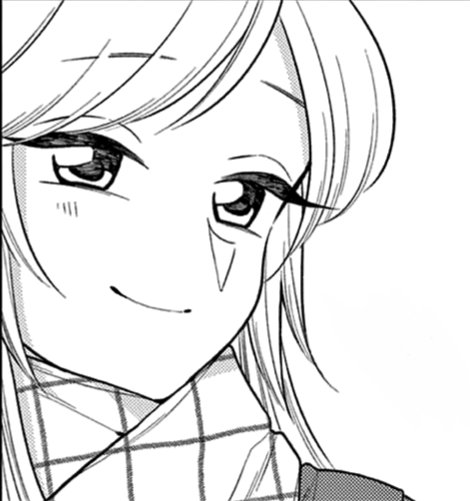Today a friend of mine made me realize that roundabouts have “perfect” road markings around them and i started wandering how a machine would go about making a circle without a compass-like system. So i tried google but every result led to either a janky home made compass or some sort of hand-drawing technique. I assume it should be possible to draw a circle knowing the radius in an analog system without a compass but i can’t figure out how. Plus i don’t know how the physical structure of a roundabout is made to be round and that is even weirder to think about.
TLDR: How are roundabouts and round road markings made?
Firstly, roundabouts aren’t perfectly round.
The city I live in is relatively small but has dozens of roundabouts. They might look round as you drive through them, but if you look from a satellite image most are just “mostly” round, and some that seem round on the ground are plain oblong.
With that in mind, you’re dealing with curves, not a perfect circle.
Different points are defined with a range of methods like survey, measuring, and just plain eyeballing.
Not sure about this, but the machine that paints the line probably has its steering/turning circle set to the required radius/diameter/angle and then just drives in a circle, same as if you held your steering wheel just off centre, eventually you’d end up back where you started. If it’s a few centimetres off, it probably doesn’t matter.
Either that or it just follows the edge of the thing it’s drawing a circle around
For the markings, I’ve seen such a small cart that just had an adjustable wheel on a pole at the side. Since the pole was fixed length, they just kept the wheel near the outer road border and thus kept the distance always the same, keeping the marking in the middle.
deleted by creator

just a lil bigger
Well it depnds on what amount of cost you want to put in, and how are you making the roundabout, and are you going to put something on it, and essentially wht budgets you have. Where I live, we almost always have some statues or soemthing put on them.
They are made with essentially make shift compasses where I live. This is what is done for a roundabout of radius, lets say in ball park of 5-10 m. Initially marking is done (this is simply done by measuring out a tape of desired radius, and holding wwhen end at center, and other person revolvinng around it, and laying down something - could be simple as white chalk, or use jackhammer to make actual indents to ground, or lay down some bricks) This will serve as guide for curve, and any further curved elements could be made by just maintaining a constant distance from this circumference. Then the interior is usually dug to lay a foundation for whatever you put on it (could be as simple as excavating, and just plastering, but that is still expensive, often manually digging and then laying a firm dirt layer is enough). then it is covered with something (could be custom designed pizza slice shaped stone or marble wedges, but usually just bricks or cinderblocks). While making, we do not really make a great curved edge, and just make a n-gon, where n can be 20 or 50 or 100. This is simpler because straight edged bricks are cheaps, and you can lay them vertical, filling the gaps with plaster. The depending on your budget, you could get great finishing, again done with applying plaster, but this time, excess is applied, and some is removed, so we get a curved edge. Now you mostly have the exterior ready. On the top, you could have marble or stone, which can be grinded to match the curved edge, or it could be a thin plaster layer, which will take the shape of boundary.
To get a step deeper into your “how can a machine draw a circle” question. Mostly it can’t. Even with an open-loop control system dragging the ‘pen’ at a fixed angle, you would need to have defined that curve in software somewhere, where it will be a barely-noticable set of X-Y steps, not a pure curve, otherwise you cannot be sure it would return to the origin.
Luckily, you only need a few decimals of pi to approximate that far beyond what any human eye could discern.
Break any digitally defined curve down far enough and you will see those discrete steps, but with modern technology, we just never notice it.
In my city they just put something in the center of an intersection and call it a day.
Where I live, it’s all planned out in CAD, and then the inner concrete curb is calculated and broken up into sections, according to the plan.
Then the intersection being replaced (because that’s almost always the case) is dug up in the center and the concrete forms put in place and the center backfilled with gravel and dirt.
After the concrete has set, the asphalt machines re-level and pave the surrounding area. After this, brick is often added inside the concrete to provide an extra driving surface for large vehicles. Then plants or statues are added to the centre.
After all this, the lines and markings go on, and they’re just offset from the concrete curb, so nothing fancy needs to be done; the paint truck just has a little arm that stays over the concrete.
Read “Runabout” and thought you where talking about star trek for a second
Typically with concrete or asphalt.





